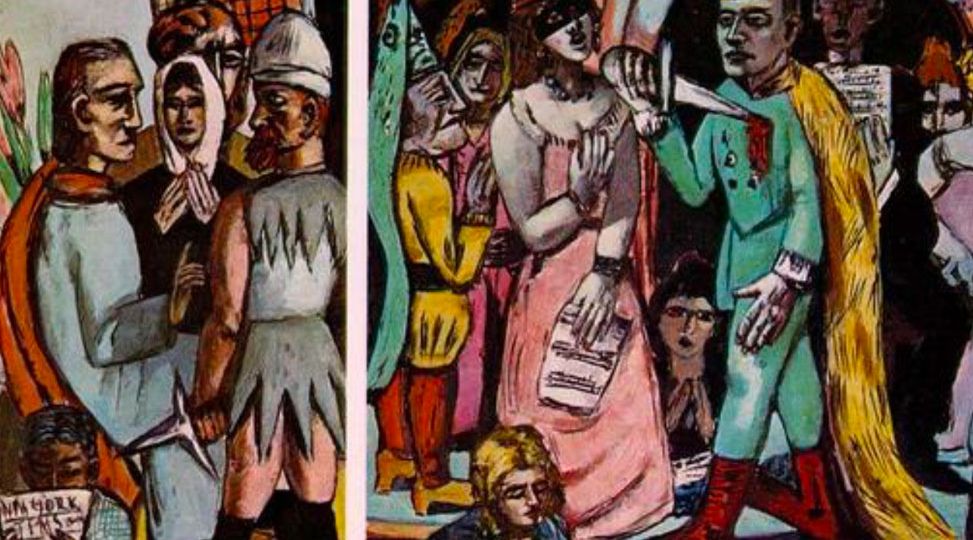
Collective Consciousness
The Cultural Typology Model
Download or listen to this article
Peter T. Dunlap and Mark Hunziker, December 28, 2021
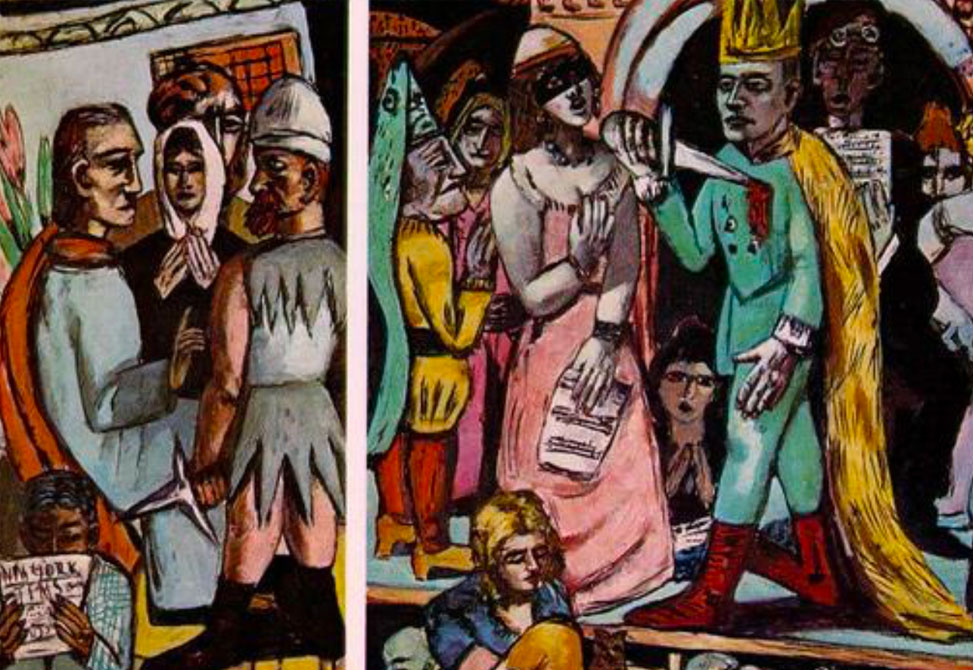
Successfully coping with such a complex, unfolding threat will require conscious use of all of the tools in the human psychological toolkit: objective analysis and evaluation of real data, empathy for the challenges and suffering of others, and clear-eyed and actionable envisioning of the consequences of the various courses of action and inaction. Failing to act effectively has, not surprisingly, reflected unconscious psychological mechanisms: rigid ego-hubris, denial, and projective blaming of others. As Jung (1961/1963) pointed out, “In the final analysis the decisive factor is always consciousness” (p. 187). The practical work will be challenging. The necessary collective will, unanimity, and cooperation will require a level of widespread psychological maturity that humankind has yet to demonstrate. The needed development is, however, within our grasp, waiting only for a corps of psychologically aware leaders and facilitators to coax it forward. With their understanding of one of the fundamental models for promoting psychological awareness and development, depth typologists have much to contribute to the endeavor. It is time to act, lest Jung’s (1964/1970) prediction that “the underestimation of the psychological factor is likely to take a bitter revenge” prove to be humanity’s epitaph (¶ 569).
For hundreds of thousands of years, individuals and groups of Homo sapiens have encountered situations which required them to stretch their cognitive capabilities in order to survive. Some adapted and thrived; many did not. Entire cultures have disappeared along the way, but the overall psychic toolkit of the species has expanded, slowly but inexorably, to enable greater psychological dexterity. Our mental hardware has evolved over millions of years, but the size and configuration of the human brain have remained pretty much the same for many thousands of years. During that time, it is our mental software development that has carried us forward along our evolutionary trajectory. In other words, we have learned to use our given cognitive resources in increasingly diverse and complex ways, enabling us to meet ever more diverse and complex threats and challenges.
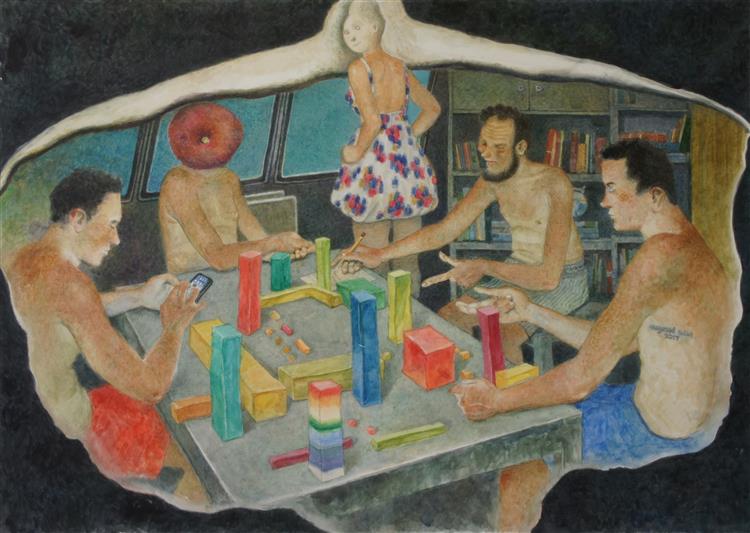
Individuation Within the Collective
Jung gave us our basic understanding of the psyche and its development: we are born entirely unconscious, and psychological growth is a matter of bringing bits of unconscious material, including methodologies for perceiving and judging, into consciousness. A self-aware ego is formed from these conscious parts of us. Importantly, our original unconscious state is entirely collective. Our sense of a separate “me” is a construct we gradually build from these pieces of collective raw material—from inherited experience and latent biological capacities made conscious. Individuality forms from the particular content that is differentiated from the collective unconscious into consciousness, honed and augmented by unique life experience. The cultivation of individuality has been aided and accelerated in recent centuries by a prevailing cultural ethos of Cartesian objectivity, with its presumption that every human being exists as a separate entity, connected and interacting with all other objects in the universe, including other people, only via conscious actions. While this cultural support for the primacy of the individual has certainly promoted a psychological attitude of personal awareness and development, it has also fostered an exaggerated, illusory sense of separation and independence from each other.
In reality, the collective aspect of the human condition is just as important as individuality. It is one pole of a psychological tension of opposites which fosters our continuing progress as a species. After centuries of reductionist thinking—seeking to understand everything by identifying and characterizing its components—a compensatory trend called “systems thinking” brought the holistic perspective into vogue in the mid and late 20th century. In every scientific field, the systems perspective has advanced our understanding of how things work in ways that reductionism alone could not. Considering our collective typology and its role in our collective individuation toward a collective consciousness will likewise generate an explosion of new and important insights. As with all systems thinking, systems typology will necessarily be a multidisciplinary endeavor. In addition to the contributions from psychology and biology, fields which focus on group behavior, such as sociology, anthropology, and political science, will inform and advance the work.
Modern systems thinking has validated the Buddhist principle of “dependent origination,” that while it is accurate to say that individuals develop as unique, sovereign entities, it is also true that we evolve as participants in an interactive ecosystem (Beebe, 2011). “We are utterly intertwined. Always we are working out conditions for life with others. … We codetermine the conditions of one another’s existence” (Wheatley & Kellner-Rogers, 1996/1999, p. 44). Such coevolution appears, in fact, to be one of the basic universal principles revealed by modern quantum physics: “Subject [in the case of human systems, the individual] and object [everything else] … are interconnected, interdependent, and reciprocally co-arise; one doesn’t exist without the other” (Levy, 2018, p. 219). In fact, “in the quantum world, relationship is the key determiner of everything” (Wheatley, 1999, p. 11).
The modern emphasis on self-awareness, with its inevitable focus on the conscious ego, seems to have taken our species’ psychological development about as far as it can for now, and further progress, and even our species’ survival, now requires that the pendulum swing back towards attending to our interrelatedness, toward Self-awareness.
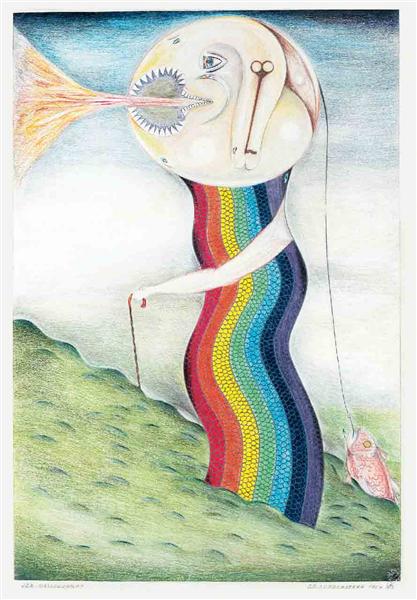
The idea that psychological development can have a collective component can be confusing. After all, our concept of the psyche is of something that is contained within the individual. Jung (1954/1966) addressed this assumption by making a semantic distinction: Individualism is that illusory, ego-generated sense of separation, and is, in fact,
essentially no more than a morbid reaction against an equally futile collectivism. In contrast to all this, the natural process of individuation [emphasis added] brings to birth a consciousness of human community precisely because it makes us aware of the unconscious, which unites and is common to all mankind. (¶ 227)
Unconscious collectivity, differentiated and developed in billions of individual crucibles that are interconnected via conscious interaction, can conceivably become collective consciousness. The limitations of our language and conceptual framework force us to speak of the relationship between the conscious and unconscious, and between individual and collective, as if they are distinct territories and something is either one thing or the other. But no human or group of humans is actually entirely individual or collective any more than it is completely conscious or altogether unconscious. The Jungian Self is at once individual and collective, created by a reciprocal give-and-take process—a “mutual penetration” (Jung, 1954/1966, ¶ 327) of collective unconscious and individual consciousness.
Collective Potential
Humanity as a whole—indeed, any large enough group of people—contains all of the typological functions in differentiated and well-developed form within particular individuals. Any society or culture, then, is already halfway to the fully individuated ideal, capable of paying attention to all the different kinds of available information and applying all the different kinds of criteria and values to come up with the best possible solutions to its shared challenges. Why then, when facing a common existential threat, are we unable to come together to effectively address our mutual problem of global climate change? We have the psychological tools, but we haven’t learned to use them together effectively. The other task of the individuation process, beyond simply differentiating the types of consciousness, is to integrate them as an effective team. For individuals, the notion of a fully-individuated being is an ideal—a worthy though probably unattainable goal. Most of us achieve only very limited success in acknowledging, developing, reconciling, integrating, and operationalizing the different points of view within us, and too few even recognize the advantages of doing so. Type-diverse groups of humans, on the other hand, have had to learn to work together since even before their evolution into modern hominids. We have developed the techniques of collaboration: presenting our views, listening to others, employing civility, finding compromise, and following various procedures for resolving impasses. In order to address the global threat of climate change, however, we will need to get much better at collaborating, especially beyond our own cultures. We already know how to collaborate, but we need to focus on getting better at it—by making true collaboration our top priority and consciously cultivating and expanding our ability to leverage the power of our diversity.
Jung (1960/1975) wrote:
If it were possible to personify the unconscious, we might think of it as a collective human being combining the characteristics of both sexes, transcending youth and age, birth and death, and, from having at its command a human experience of one or two million years, practically immortal. If such a being existed, it would be exalted above all temporal change; the present would mean neither more nor less to it than any year in the hundredth millennium before Christ; it would be a dreamer of age-old dreams and, owing to its limitless experience, an incomparable prognosticator. It would have lived countless times over again the life of the individual, the family, the tribe, and the nation, and it would possess a living sense of the rhythm of growth, flowering and decay. (¶ 673)
Since human consciousness is built from content that has been unconscious, Jung’s personification of the unconscious describes what we have the potential to become. Imagine the potency of such a conscious human community!
A Theoretical Model of Collective Consciousness
Like Jungian typology itself, the notion that cultures have types is a theory—simply “a fruitful hypothesis by which you can find out things”—and is not to be taken as dogma (von Franz, 1990/2001, “Archetypal Parallels” section). It seems, however, to meet all of Thomas Kuhn’s (1962/1996) widely accepted requisites for a sound and useful theory: accuracy, consistency, breadth of scope, simplicity, and fruitfulness. Combined into a coherent framework, Jung’s theories about normal psychological type differences form a model which has proved useful in describing, explaining, and predicting specific patterns of behavior in individuals. Adapting Jung’s theoretical model of type to describe, explain, and predict patterns of behavior of whole cultures can be equally fruitful.
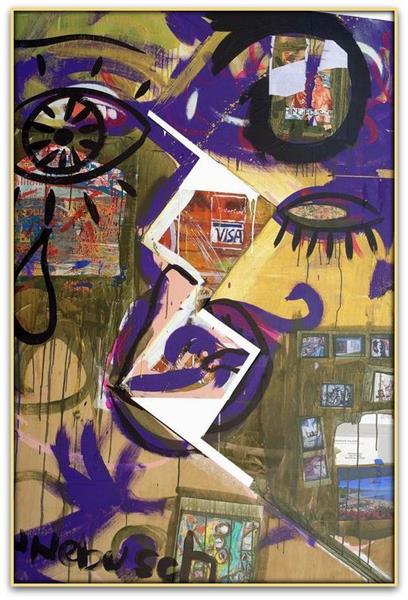
The model of cultural typology appears to be especially useful for examining three particular aspects of the psychology of the collective: for acknowledging and understanding an often-powerful source of pressure and constraint upon personal individuation; for recognizing the typological strengths and potential blind-spots, prejudices, and vulnerabilities of cultures; and for revealing how intercultural friction and conflict can be based in differing modes of perception and judgment, developmental differences, and unconscious projection.
Cultural Typology
Unfortunately, rather than cultivating their cumulative typological potential to create a more balanced, resilient, effective community, the collective psyches of cultures appear to manifest particular and limited typologies, just as individuals do. The traditions and institutions of cultures perpetuate the type biases from which they were created, just as heredity and early experiences apparently determine the true type of each individual. Many people are coming to appreciate the importance of such hidden cultural anchors, as demonstrated, for example, by the shift in focus from racist behavior to systemic racism. Just as racism is perpetuated by institutionalized racial inequities, the acceptance of typological diversity is thwarted by the type biases that are hard-wired into our systems of governance, education, commerce, and so forth. The community that embraces diversity and consciously attends to type differences could produce a powerful collective consciousness, but the community that is not conscious of its typology—that simply acts it out and defends it—only adds another layer of biases and repression of true individuation.
The fact that cultures exhibit typologies is convincingly demonstrated by the significant differences between cultures in the distributions of reported types via the MBTI® instrument. Reported type differs about 25% of the time from the self-verified type that is later confirmed by participants working with trained type coaches. This error rate is the result of participants responding to a significant number of the instrument’s questions in ways that are not typical for what is ultimately determined to be their true type. In addition to revealing individual developmental idiosyncrasies (some problematic, and some advantageous), such false reporting often reflects social pressures—from family, friends, and culture—to think and behave in certain ways other than one’s natural tendencies. The creators of the MBTI® Manual explained: “People respond to some items [i.e., the assessment queries] in certain ways not because those responses reflect whatever psychological characteristic the item has been designed to tap but rather because those responses are more popular or socially desirable in the culture” (Myers et al., 1998, p. 131). So when studies reveal statistically significant differences in the reported distribution of the sixteen types between different cultures, they are pointing towards the cultural typologies that are influencing individuals’ sense of who they are. Indeed, the cultural typologies indicated by such studies do align with the observations of those familiar with type and with the cultures in question (Hunziker, 2016, p. 273).
When cultures define and enforce a restrictive idea of who it is acceptable to be, of who WE are, they at the same time define who it is not acceptable to be. And as with individuals, the egodystonic shadow functions of a narrowly defined cultural typology clearly belong to the untrustworthy, threatening “not us” cultural shadow. Relegating aspects of human nature to an unconscious otherness inevitably leads to projection of negative, dehumanizing, and threatening assumptions onto outlier individuals and other cultures. When we encounter behaviors associated with our egodystonic unconscious functions, the negative assumptions projected are typically those carried by the shadow archetypes identified in John Beebe’s eight-function, eight-archetype model of type. Beebe has shown that it is these functions in their opposite orientation from our egosyntonic functions that are most embedded in the collective unconscious and, therefore, the most resistant to differentiation and conscious use, and most commonly projected onto others in the form of archetypal complexes.
Achieving and engaging a more balanced, flexible, and robust cultural consciousness via widespread type development is the goal, but the flip side of that coin, deenergizing unconscious collective projections, is equally important. We cannot truly see other cultures or subcultures, cannot hear their stories, cannot understand them, and certainly cannot make an empathetic connection if we are projecting archetypal complexes onto them. When an opposing personality complex is triggered, we dig in our heels to defend our ego position. Our focus is on resistance, which blocks any chance for understanding, empathy, and reconciliation. Likewise, a projected witch/senex complex feels like repression, the trickster like a sly attempt to trick and trap us, and the demon/daimon like an evil effort to undermine all that is true and good. As long as such powerful templates of distortion constantly attach themselves to intercultural actions and relationships, we will never achieve the level of cooperation needed in order to avert environmental catastrophe.
Type Development in Cultures
Psychological developmental issues are very much in play in conflicts between cultures. The process of developing a function is a continuum of differentiation, practice, and integration, but the benefits and challenges change as the process moves forward. When entirely or almost entirely unconscious, a function is not differentiated from other unconscious material; it is muddled together with other unconscious mental processes and, therefore, not an effective mode of perception or judgment. It is archaic, nonverbal, and defensive. It appears unexpectedly in uncharacteristic behavior, laden with archetypal baggage and primitive energies. All functions serve the interest of the psychic wholeness that Jung called the “Self.” Normally repressed and ignored, the functions of the unconscious are sufficiently energized to influence behavior only when the Self is under attack, or perceived to be, and conscious functions have failed to respond effectively. In terms of observable behavior, then, the egodystonic functions are primarily defensive in nature. But since defending the integrity of the Self usually runs counter to the interests of the much more limited ego, we perceive such feelings, thoughts, and behaviors as negative and even hostile to us. They challenge the status quo of our sense of identity and disrupt our lives, even as they defend us.
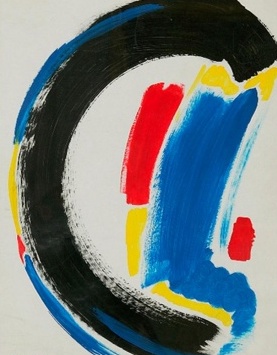
A function that has developed to realize its full potential is not only capable of being consciously engaged in its most internally consistent form but also has been integrated with other developed functions. Now a member of the ego team, it has become part of how we think of ourselves—our identity. It is engaged automatically when it is the best tool for the situation and generally remains in the background when it is not. Fully-developed functions of perception are capable of nuanced discernment, and fully-developed functions of judgment are capable of making nuanced choices. Perhaps most importantly, they can work in tandem with other functions. Thinking analysis is informed by feeling evaluation; judgments are based on solid and sufficient perceptive input. For individuals, and probably for cultures, however, few of the functions are ever fully developed. Simply too much contradiction exists between the different perspectives for all to have equal influence within the psychological executive committee.
Developmental challenges are intertwined with those posed by archetypal complexes because the more unconscious our functions are when triggered, the more the behavior is shaped by archetypal templates rather than the reality of the situation. When a function pushes up unbidden from the unconscious, it is governed almost entirely by an archetypal complex. When the function is in development, the archetypal influence is substantial. Only when they are well differentiated and integrated are the functions able to respond in an effective way to the actual situation, relatively untainted by inherited preconceptions.
U.S. Culture
As a product of the Age of Reason and with institutionalized, systemic entrenchment via tradition, convention, organizational structures, and legal code, the typological baseline of the United States appears to be dominant extraverted thinking (Te) with an introverted sensation (Si) auxiliary—ESTJ. Admittedly, the affect-based judgments of extraverted feeling (Fe) and introverted feeling (Fi) have been actively bubbling up from the American collective unconscious recently, and extraverted sensing (Se) materialism is in evidence all around us. With such common and emphatic demonstrations of the use of these functions, it might be argued that no unified national cultural typology even exists—that such a notion ignores individuals, subcultures, and cultural phenomena that do not fit the ESTJ mold. But the emergence of these functions as cultural phenomena is relatively recent—a few decades in the life of a nation two and a half centuries old, with western European roots that go back centuries before that. Furthermore, the behavior demonstrating feeling-based decision-making or the live-in-the-moment orientation of extraverted sensation has tended to be simplistic and laden with archetypal energies. It seems reasonable to suppose, therefore, that what we are witnessing is development of functions that are still relatively unconscious in the national baseline type, rather than evidence of other cultural typologies or an argument against there being an identifiable American type at all.
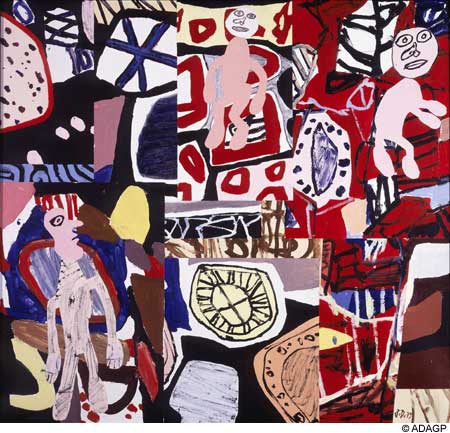
Both introverted and extraverted sensation, too, are everywhere in evidence, though the traditionalism of introverted sensation seems considerably more conscious and positive than the shortsighted consumerism associated with extraverted sensation. And the intuitive ability to envision the future is so mistrusted in the United States that a climate change denier was elected to the presidency in 2016 and quickly announced the nation’s withdrawal from the Paris Agreement on climate change mitigation. Such useful insights present themselves without typing the culture if we simply reflect on two basic typological questions: “What function(s) are evident in action on a cultural scale?” and “Are they being used in positive and sophisticated ways or crude and negative ways?” But suggesting a specific cultural type allows us to create a working hypothesis that associates specific archetypal energies with each of the functions.
Depth typologists would predict that cultural inflation in the United States would probably manifest as rigid over-reliance on heroic extraverted thinking’s trust in science and laws to solve all problems and an introverted sensing assumption that how things were done in the past is the best way to take care of each other, to parent each other, now and in the future. And we have indeed witnessed such extraverted thinking hubris in the tone-deaf mantra of Democratic leaders to “follow the science” to address the Covid-19 pandemic, thus failing to speak the language of feeling-based reservations of skeptics and acting in over-reliance on laws to control the behavior of a former president who chose to ignore them. The introverted sensing assumption that this same president would honor deeply embedded conventions proved to be equally naive. Republicans’ current focus on enacting new state laws aimed at discouraging non-Republicans from voting likewise demonstrates a heroic level of highly organized and disciplined efforts, drawing heavily upon extraverted thinking’s fix-the-system approach to solving their problem of a dwindling demographic base. And the focus on working to resist change, rather than adapting to it, is probably based in parental introverted sensing’s strong preference for the familiar.
In an ESTJ culture, puerile extraverted intuition (Ne) would most likely show its childish unreliability by catastrophizing horrible outcomes based on insufficient reliable sensory information. A violent mob, having been fed misinformation and unable to discern reality from fiction, did indeed attack a branch of the Federal government, spurred by imagined disasters such as a “socialist” takeover or loss of Caucasian hegemony if a Democratic president came to power. Inferior introverted feeling came into play here as well. Most of the January 6 insurrectionists apparently believed they were nobly defending the true values of the nation. According to the placards they carried and the multitudes of statements made by participants in the attack, in their minds, they were acting upon the core American cultural value of loyalty to the nation to respond to an illegitimate attempt to steal the presidential election (The New York Times, 2021). But it was certainly not a very sophisticated application of that value that energized the mob. Truly well-developed introverted feeling would have worked in concert with thinking and sensation to critically analyze and evaluate the credibility of all of the information and claims regarding the voting and its tabulation. Trickster extraverted intuition can be seen at work on the left as well, as liberals and progressives seem locked in a double-bind, risking squandering their combined political power rather than modifying their visions of the future. And this conundrum seems also to be fueled by an undermining, demonic conviction that progressives’ championing-of-the-downtrodden extraverted feeling values must not be compromised, even if the pursuit of the ideal costs them the ability to achieve more modest accomplishments.
Projection based on negative archetypal complexes is a key dimension of most intercultural and intracultural (between subcultures) friction and conflict. Knowledge of Beebe’s archetypal model and of the functions that tend to trigger the archetypal associations is an indispensable tool for anyone involved in coaching leaders or facilitating cross-cultural conversations. When the deeply unconscious, egodystonic functions of a culture show up, they are prime targets for a reaction of defensive projection. Even well-developed use of introverted thinking (Ti), with its aim of achieving a complete understanding of a problem, feels like an offensive, hyper-critical opposing personality in an ESTJ culture. Introverted thinking’s penchant for patient, focused, and detailed analysis can contribute a great deal to understanding complex societal problems, but the general response to anyone proposing a complex, multifaceted analysis and solution is overwhelming resistance and broad support instead for an over-simplified, so-called “common sense” approach. Unconscious extraverted sensation carried by witch/senex energy would seek to limit the power of the perceived enemy, projecting an exaggerated perception of the opponent’s power, fueled by an inflated sense of loss of control. Indeed, faulty narratives of misperceived reality on both the political left and right foster a defensive posture against such apparent threats to the cultural ego, thwarting attempts to empathize and reconcile. Introverted intuitive foresight is seen as the deceptive manipulations of the trickster archetype. And any extraverted feeling-driven desire to validate the positions of others is taken as a demonic attempt to undermine “our truth.” It seems that ESTJ is indeed useful as a hypothetical American typology, and it may well be that our cultural reference point—our typological perspective—does, in fact, remain ESTJ, despite the widespread use of Se, Fi, and Fe, because Te and Si are hard-wired into the cultural DNA via traditions, institutions, and laws.
If further type development is indeed crucial for humanity’s survival, then empathy and genuine caring for others—the focus of the feeling function—must be cultivated. These are already core values of both the most conservative and the most progressive elements of our society, yet these subcultures currently expend most of their time and energy battling each other. Reconciling differing values is an activity which takes place on the playing field of extraverted feeling, where personal values can be influenced by those of others. But this requires mature use of the function in order to get beyond the initial affective reaction of defensive resistance to values which challenge one’s own. Similarly, extraverted sensation in its more highly developed form will be needed. Immature extraverted sensation fixates on whatever it comes across—things, people, data—as if that object is all that is real and important. Well-developed extraverted sensation, on the other hand, can work with other functions to assess the input. Feeling and sensation can, for example, work with extraverted thinking to apply critical thinking to discern reality from fake news and reliable information from questionable. If we do indeed expand our mental toolkit as the need arises, this would explain why we see extraverted feeling and extraverted sensation in such widespread, though often still crude, use.

References
Beebe, J. (2011). “Typing the group mind, part 1.” Personality Type in Depth. https://typeindepth.com/2011/03/typing-the-group-mind-%e2%80%93part-i/
Hunziker, M. (2016). Depth typology: C.G. Jung, Isabel Myers, John Beebe and the guide map to becoming who we are. Write Way Publishing Company LLC.
Jung, C. G. (1954/1966). Practice of Psychotherapy (2nd ed.). (R. F. C. Hull, Trans.) Princeton University Press.
Jung, C. G. (1960/1975). Structure and dynamics of the psyche (3rd ed.). (R. F. C. Hull, Trans.) Princeton University Press.
Jung, C. G. (1961/1963). Memories, dreams, reflections. (R. Winston & C. Winston, Trans.) Vintage Books.
Jung, C. G. (1964/1970). Civilization in transition (2nd ed.). (G. Adler & R. F. C. Hull, Trans.) Princeton University Press.
The New York Times. (2021, June 30). Day of rage: An in-depth look at how a mob stormed the capital [Video]. Youtube. https://www.youtube.com/watch?v=jWJVMoe7OY0
Kuhn, T. (1962/1996). The structure of scientific revolutions. The University of Chicago Press.
Levy, P. (2018). The quantum revelation. SelectBooks.
McIntosh, S. (2020). Developmental Politics. Paragon House.
Myers, I., McCaulley, M., Quenk, N., & Hammer, A. (1998). MBTI® manual (3rd ed.). Consulting Psychologists Press.
von Franz, M-L. (1990/2001). Psychotherapy. Shambhala Publications.
Wheatley, M. (1999). Leadership and the new science (2nd ed.). Berrett-Koehler Publishers.
Wheatley, M. & Kellner-Rogers, M. (1996/1999). A simpler way. Berrett-Koehler Publishers.
Images
Beckmann, M. (1942). The actors. Retrieved from wikiart.org
Dubuffet, J. (1979). Times and places. Retrieved from wikiart.org
Hinnebusch, D. (2012). French kissers. Retrieved from wikiart.org
Isupov, I. (n. d.) Untitled. Retrieved from wikiart.org
Motonaga, S. (1956). Work. Retrieved from wikiart.org
Schneider, G. (1971). Abstract composition. Retrieved from wikiart.org
Schroder-Sonnenstern, F. (1954). The mass demon. Retrieved from wikiart.org


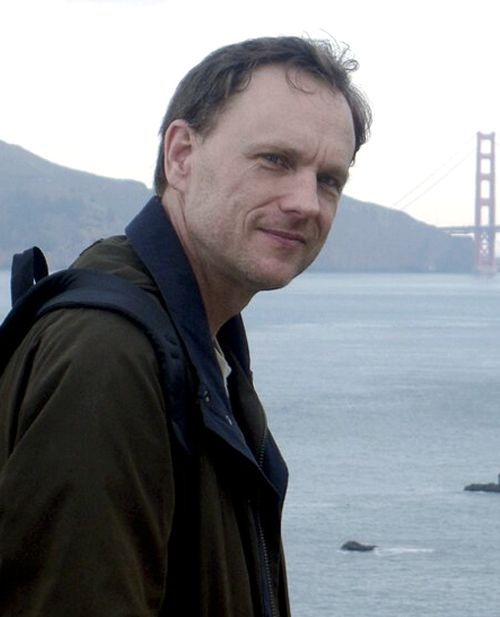
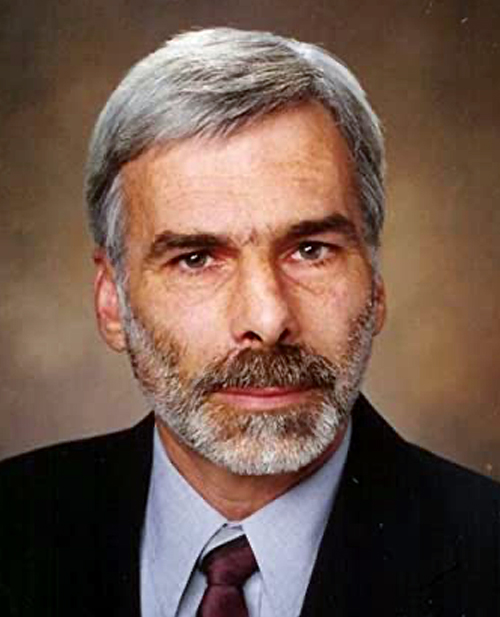
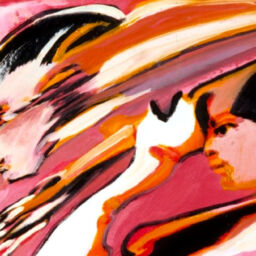














Hi Mark,
I agree with your assessment that it is at least useful to have a working hypothesis of dominant cultural type preference. It may not be unified and dominant values may be changing at this time–in spite of that, I think it helps to see what preferences dominate and how best to balance those forces. Extraverted thinking has clearly gone haywire. It swamps everything, there is hardly room for any other way of perceiving the world.
While I would love to see the development of extraverted feeling on a collective level, perhaps I am cynical but I do not see that happening on a large scale anytime soon. It has been a while since I’ve studied type, but shouldn’t type practitioners focus on illuminating introverted thinking first? Or is it better to draw attention to extraverted sensation? Perhaps extraverted sensation would be the first step–to use whatever method that helps folks develop discernment. Or maybe I am looking at it too systematically, I suppose any way that we can direct attention away from Te will help the situation.
Thanks for the food for thought, I appreciate your clear writing style!